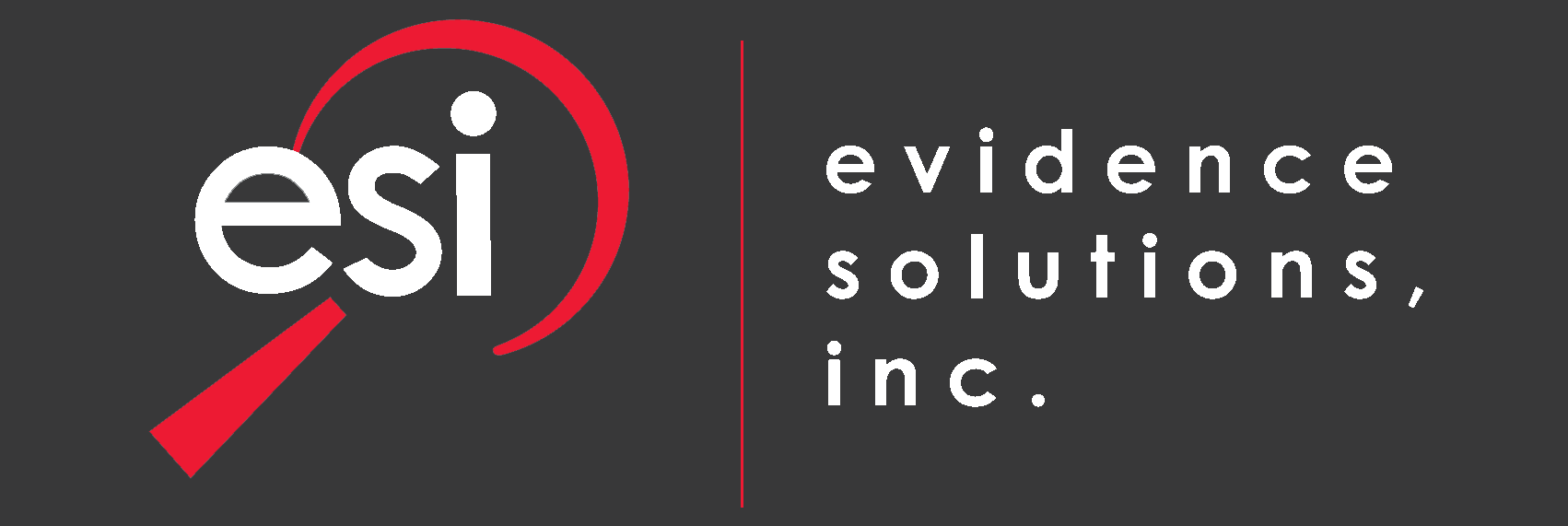It is a normal protocol to obtain Cell Phone Carrier Records when examining Cell Phones. These records can validate what was found on the Cell Phone as well as provide additional information the carrier may have which many not be on the phone. Standing alone, Cell Phone Carrier Records document calls, SMS text messages as well as data usage for webbrowsing and applications (apps). This information usually includes:
- Whether the call was originated by the Cell Phone.
- Download as well as Upload data quantities.
- SMS Text messaging history such as date and time of the text message as well as the phone numbers which were sending and receiving Short Message Service (SMS) Text Messages.
- The Plan code (M2M - Mobile to Mobile, for instance ). This documents which part of the user's plan the transaction was part of.
- Cellular tower identification as well as the GPS location for the cellular tower(s) used for the phone call, text message or data exchange.
For Phone calls the carrier should give you additional information including:
- Connection date
- Connection time
- Seizure time
- Originating phone number
- Originating IMEI or MEID ( cell phone serial number )
- Originating IMSI ( SIM Serial Number )
- Terminating Phone number
- Elapsed time or call duration
- Number dialed
For Text or SMS Messages the cell phone company should also provide:
- Originating phone number
- Originating IMEI or MEID ( cell phone serial number )
- Originating IMSI ( SIM Serial Number )
- Terminating Phone number
When reviewing the Cell Phone Carrier Records, please note that timezones produced will vary by carrier. Some carriers will deliver the records in Universal Coordinate Time (UTC), others carriers produce the records in the Central Time zone (CST or CDT), while others produce the records based upon the timezone the tower the cell phone was connected to. When in doubt, call us.
In addition to the Cell Phone Carrier Records and the Mobile Device, archives and backups of the data contained in the phone may be stored on the user's computer system or located in the cloud. Archives and backups may contain data which was deleted between the time of the backup and when the phone was examined.
Don't wait months, weeks or even days hoping the data is still available from the Cell Phone Carrier. Each Cell Phone Carrier has their own data retention policy. And even within carriers, the policy can vary by the type of plan the user has. Generally, the sooner the data is requested of the Cell Phone Carrier, the better.
Cell Phone, Mobile Phone An electronic device used for full duplex two-way radio communications over a network of towers known as cell sites. Low-end or entry level cell phones are often referred to as ‘basic cell phones’. These are primarily used to make and receive telephone calls and send SMS messages. The device may have other functions, such as cameras, but in general are specifically communications devices. The more sophisticated ‘smartphones’ offer all of the features which are part of the ‘basic cell phone’, plus advanced computing, camera, music, Internet browsing, GPS navigation and many other applications.
GPS: Global Positioning System. A U.S. Government-based system which utilizes satellite technology to provide reliable position, navigation and timing services on a continuous basis for any place on the planet Earth.
SMS or Short Message Service: Is a text messaging protocol generally used on Cell Phones. Most SMS messages are sent between two mobile devices ( aka mobile-to-mobile ). The SMS protocol also supports the exchange of messages between computers, websites, and other devices. SMS messages are limited to 160 characters per message. The protocol was originally part of the Global System for Mobile Communications (GSM) standards which were published in 1985.
Mobile Device: A Mobile Device (aka a handheld device, handheld computer) is a small, handheld computing device, typically having a display screen with touch input and/or a miniature keyboard. Mobile Devices are usually battery powered. A handheld computing device has an operating system (OS), and can run various types of application software, known as "apps". Most handheld devices are also equipped with Wi-Fi, Bluetooth and GPS. They typically connect to the internet via cell phone signal or Wi-Fi. Generally, these devices include: a camera, media player, calendar, task management, email clients, clocks & alarms, and an Internet Browser.
